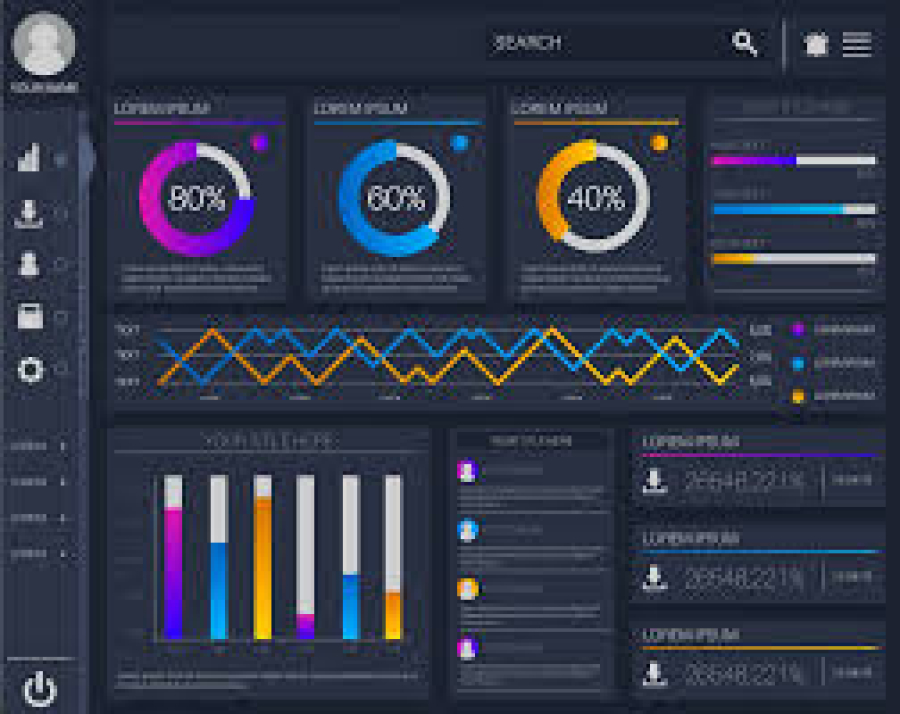Best Practices for Secure Laravel Authentication
Security is a top priority for any web application, and Laravel authentication provides a robust framework to protect user data. However, simply implementing default authentication isn’t enough to ensure maximum security. Hackers continuously evolve their techniques, making it essential to follow best practices for secure Laravel authentication to safeguard your website against threats like brute-force attacks, session hijacking, and unauthorized access.
In this guide, FreelancerBridge will walk you through proven strategies to enhance Laravel authentication security. Whether you’re a freelancer, developer, or business owner, these practices will help you build a secure and scalable authentication system for your Laravel application.
Long Description (SEO Optimized)
Why Secure Authentication in Laravel is Important?
Laravel provides built-in authentication features, but additional security measures are necessary to prevent vulnerabilities like:
✔ Brute-force attacks – Hackers repeatedly try different password combinations.
✔ Session hijacking – Attackers steal session cookies to impersonate users.
✔ SQL injection – Poor authentication can lead to database breaches.
✔ Password leaks – Weak passwords increase the risk of credential theft.
Implementing strong authentication methods ensures data privacy, protects user accounts, and enhances overall website security.
Best Practices for Secure Laravel Authentication
1. Use Laravel’s Built-in Authentication Features
Laravel offers authentication systems like Laravel Breeze, Jetstream, and Fortify. These provide secure login, registration, and password reset functionalities.
2. Implement Two-Factor Authentication (2FA)
Adding 2FA (Google Authenticator, SMS, or Email verification) enhances login security by requiring an additional authentication step.
3. Enforce Strong Password Policies
Use Laravel’s password validation rules to require uppercase letters, numbers, and special characters, ensuring strong passwords.
4. Enable Rate Limiting for Login Attempts
Prevent brute-force attacks by using Laravel’s built-in rate limiting (throttle middleware) to limit failed login attempts.
5. Secure Session Management
✔ Use HTTPS to encrypt session cookies.
✔ Implement session expiration and auto-logout for inactive users.
✔ Store sessions in a secure database or Redis, instead of using cookies.
6. Protect Against Cross-Site Request Forgery (CSRF)
Laravel automatically includes CSRF tokens to prevent unauthorized form submissions. Always ensure forms include the @csrf directive.
7. Use Role-Based Access Control (RBAC)
✔ Assign user roles (admin, editor, user) and restrict access using middleware.
✔ Use the Spatie Laravel Permission package to manage roles and permissions efficiently.
8. Encrypt Passwords with Hashing
Laravel uses bcrypt hashing for passwords by default. Never store plain-text passwords in the database.
9. Implement OAuth & Social Login
Allow users to log in with Google, Facebook, or GitHub using Laravel Socialite for secure third-party authentication.
10. Regular Security Audits & Updates
✔ Keep Laravel and its packages updated to fix security vulnerabilities.
✔ Run security audits and penetration tests to identify weak points.
Conclusion
A secure authentication system in Laravel is essential to protect users and prevent unauthorized access. By following these best practices, you can enhance security, improve user trust, and build a reliable authentication system for your website. Whether you're a freelancer or a business owner, implementing these strategies will keep your Laravel application secure, scalable, and user-friendly.


 by Emily
by Emily




